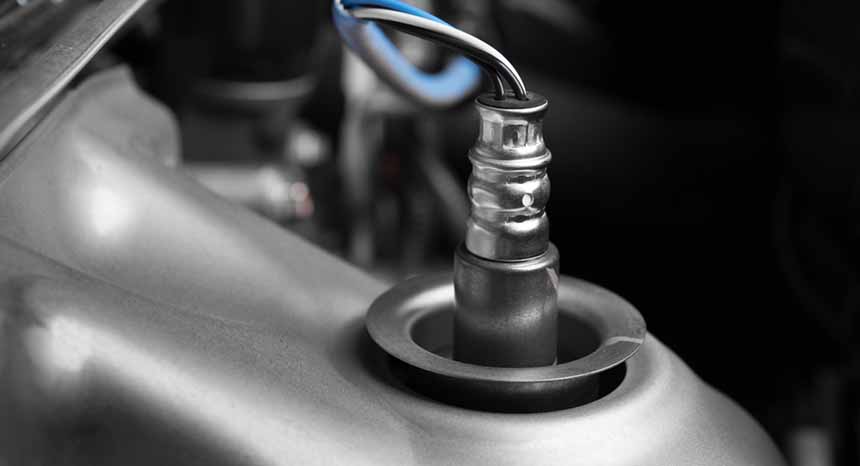Episode Recap:
• Almost everything manufactured at AP begins with rolled coils of steel. (0:03)
• Special machines slit large rolls of steel into various widths to create various components. (0:09)
• A series of roller dies that progressively shape the steel. (0:28)
• On an average day, AP processes over 125,000 feet of finished tubing. (0:52)
• AP forms and bends tubing from one and a half to five inches in diameter. (1:08)
• Mandrel bending produces pipes with a smooth, aesthetically pleasing appearance. (1:30)
• AP’s pipe manufacturing department utilizes 24 CNC pipe benders. (1:53)
• Dedicated welding areas are used to assemble the complex pipe components. (2:00)
• High capacity exhaust pipe manufacturing processes mean parts are in stock at all times. (2:18)
Almost everything manufactured at AP begins with rolled coils of steel. At the steel processing center, special machines slit these large rolls of steel into various widths to accommodate the many sizes needed for making components and tubing used in manufacturing.
As the tube making process begins, the steel is drawn into the high speed tube mill and pulled through a series of roller dies that progressively shape the steel into a uniform, round circumference at high capacity rates from 300 to 400 feet of tubing per minute. The resulting scene is then welded and flash irregularities are removed before re-alumanizing to prevent corrosion and improve appearance. The tubing is then cut on the mill to various lengths.
On an average day, AP processes over 125,000 feet of finished tubing. Some is sent directly to customers in bundles, but most is used as feed stock for exhaust system component production within the factory. AP forms and bends tubing from one and a half to five inches in diameter. The smaller diameter tubing is used in automotive products and the larger sizes are used in the heavy duty markets.
Both mandrel bending and compression bending techniques are used in the factory. Mandrel bending creates a premium product by inserting a precision mandrel inside the tube during the bending process, which produces a smooth aesthetically pleasing appearance by maintaining the full inside tube diameter throughout the bend area. The use of mandrel bend pipes aids in reducing exhaust system back pressure while compression bending is used where exhaust pressure flow is less critical.
Throughout AP’s pipe manufacturing department 24 CNC pipe benders allow for flexible production scheduling and minimum tool changes for accurate predictable results. Dedicated welding areas are used to assemble the complex pipe components into fixtures that secure the parts as they are welded into finished assemblies.
These high capacity exhaust pipe manufacturing processes ensure that parts are in stock at all times.
For more information, visit our website at apemissions.com or visit durafit-exhaust.com.





